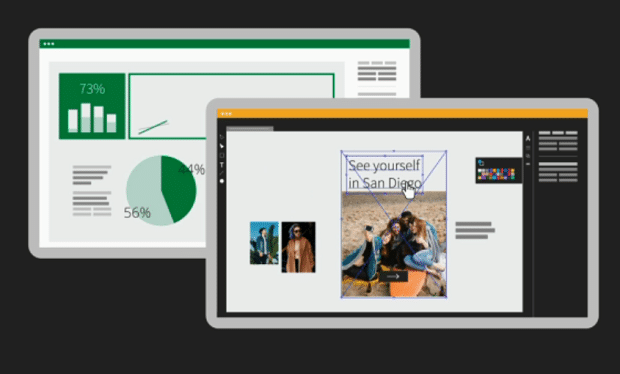
The self-serve platform lets marketers control basic design elements, such as the copy and assets used in display ads.
It means that brands can rapidly rollout new messaging and design, and ensure the creative is targeted and optimised across ad sizes and formats, without the need to take the lengthy and expensive steps of re-trafficking or starting the design process from scratch.
Creative assets that are designed in Adobe Creative Cloud will be automatically available in Advertising Cloud Creative, so marketers can take these assets, optimise/target their display advertising across ad sizes and make simple changes to their ads themselves without needing to go back to their agency or re-trafficking.
Adobe Advertising Cloud also debuted deeper capabilities with Adobe Analytics Cloud. A native integration with the Adobe Experience Cloud Device Co-op provides Advertising Cloud customers with a trusted, independent device graph to better reach consumers regardless of what device they are on. Other additions will help make advertising a more connected experience, including seamless attribution measurement (the ability to link ads bought through Advertising Cloud to business outcomes like purchases, measured by Adobe Analytics) as well as the ability to leverage brand metrics in the demand-side platform (DSP) to inform media buying decisions.
In addition, Advertising Cloud now includes features powered by Adobe Sensei, the company’s advanced AI and machine learning framework, to optimise the relevance and performance of search, display and video ads across all screens.
“We are tearing down the walls between creative, data and media in a way only Adobe can make possible,” said Keith Eadie, vice president and general manager of Adobe Advertising Cloud. “Many marketers today still struggle to deliver relevant advertising messages to their customers. We’re making it easy for brands to deliver well-designed, personalised advertising to consumers who may currently ignore their ads.”
